This Light Wheat Sourdough Wool Roll Bread utilizes the Japanese-style tangzhong method to create a soft, and pillowy pullapart bread. The dough can be stuffed (or not) with a sweet or savory filling, then sliced, rolled, and stacked in a round pan, so as the dough rises and bakes, the final result resembles rolls of wool or thick yarn.
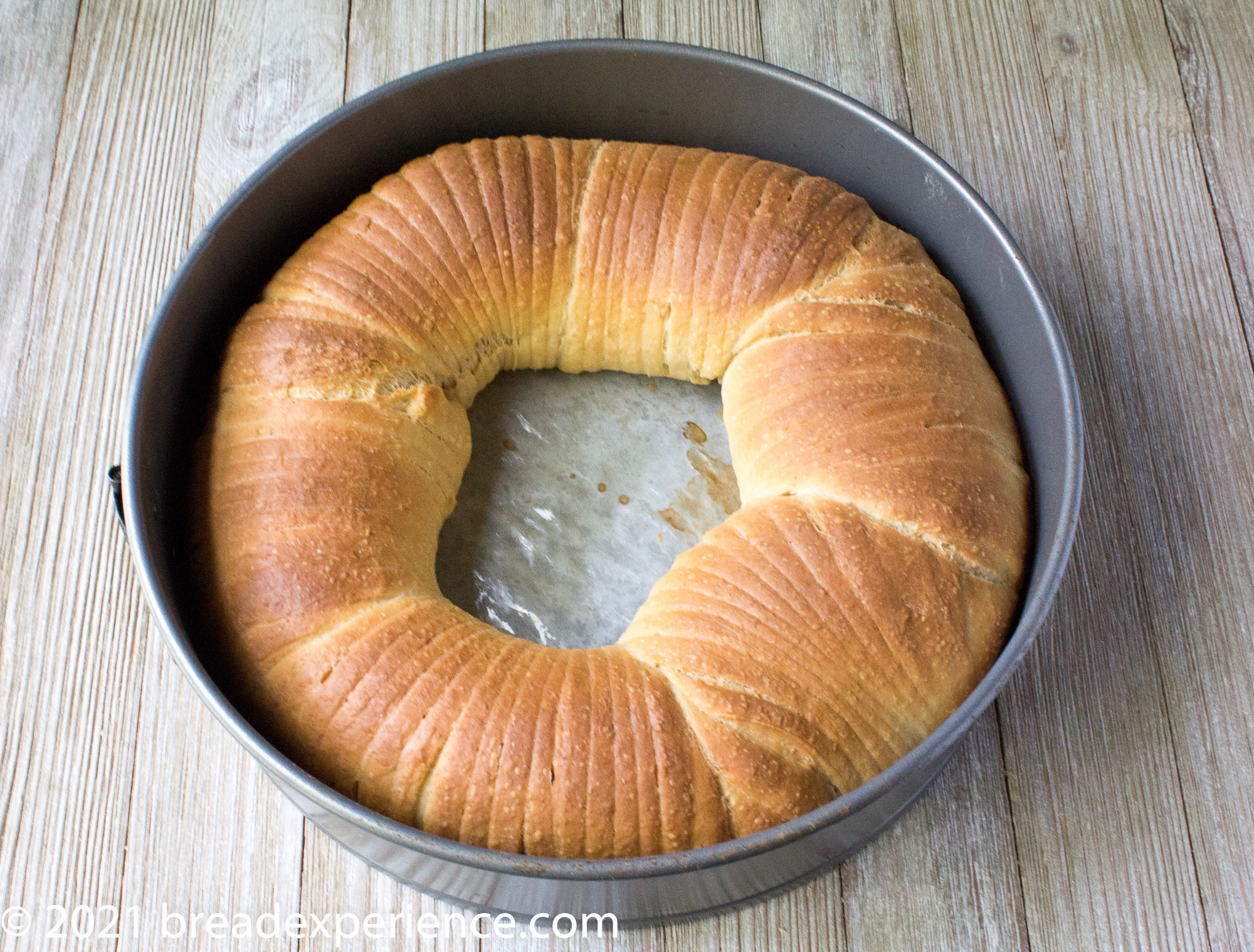
Judy, of Judy’s Gross Eats, the host kitchen for the Bread Baking Babes this month, chose Wool Roll Bread as the monthly bake. This delightful bread has made its way around the internet and has been on my list to bake for a while.
There is some debate about the origins of Wool Roll Bread. It was popularized by a Malaysian baker (Apron), but another blogger in Vietnam had demonstrated bánh mì cuộn len (which translates to wool roll bread). It is also similar to some Middle Eastern and European breads. Whatever its origins, it’s a fun bread to make!
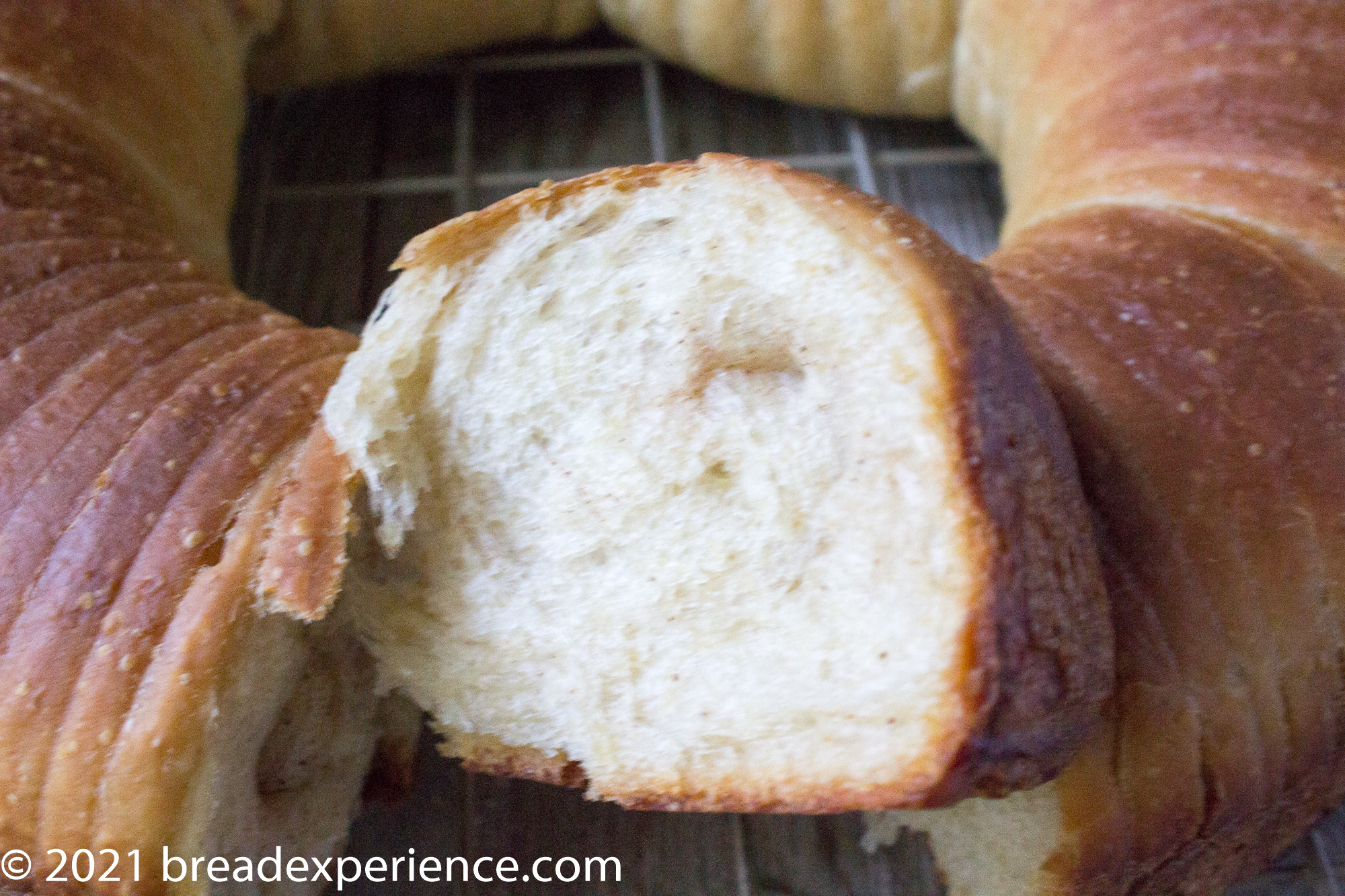
My version utilizes a sourdough levain in addition to the tangzhong. I adapted my sourdough method from https://halicopteraway.com/2021/02/16/sourdough-japanese-milk-bread, and utilized her timeline.
This bread can also be made with dried yeast instead of sourdough. Refer to Judy’s post for the yeast version.
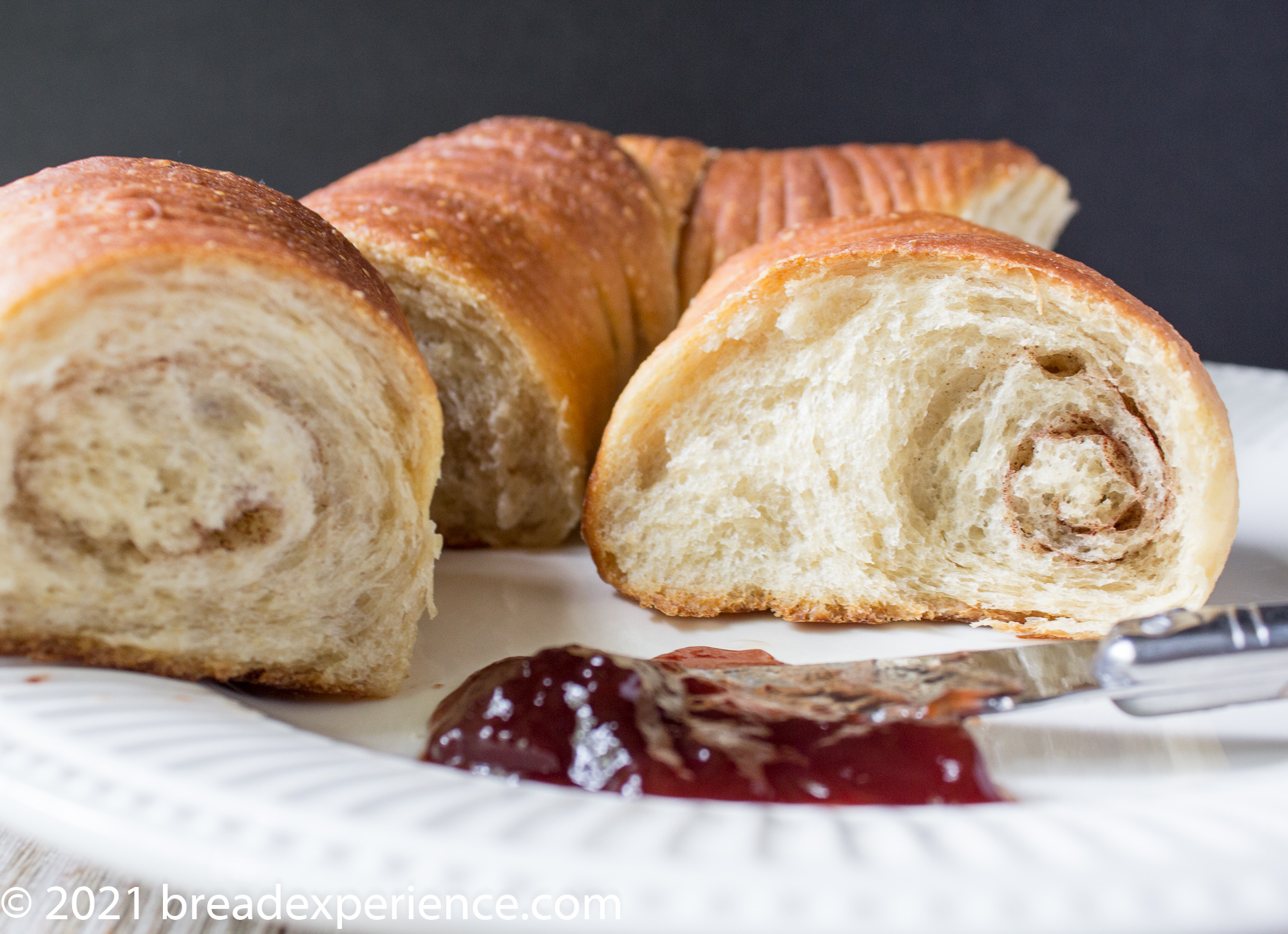
Instead of adding a filling, I sprinkled cinnamon sugar on the uncut section of each rolled piece. It provided a little flavor, but I felt like something was missing.
The next time I made this wool roll bread, I brushed butter over the dough before adding the cinnamon sugar, and at the suggestion of one of the other Babes, I sprinkled a few golden raisins on each piece. This provided the extra lift in flavor. It makes it a delicious treat for breakfast, brunch, or a snack.
I used a 10-inch springform pan and formed six dough balls. I believe a 9-inch springform pan would work as well. Just divide the dough into five pieces instead of six.
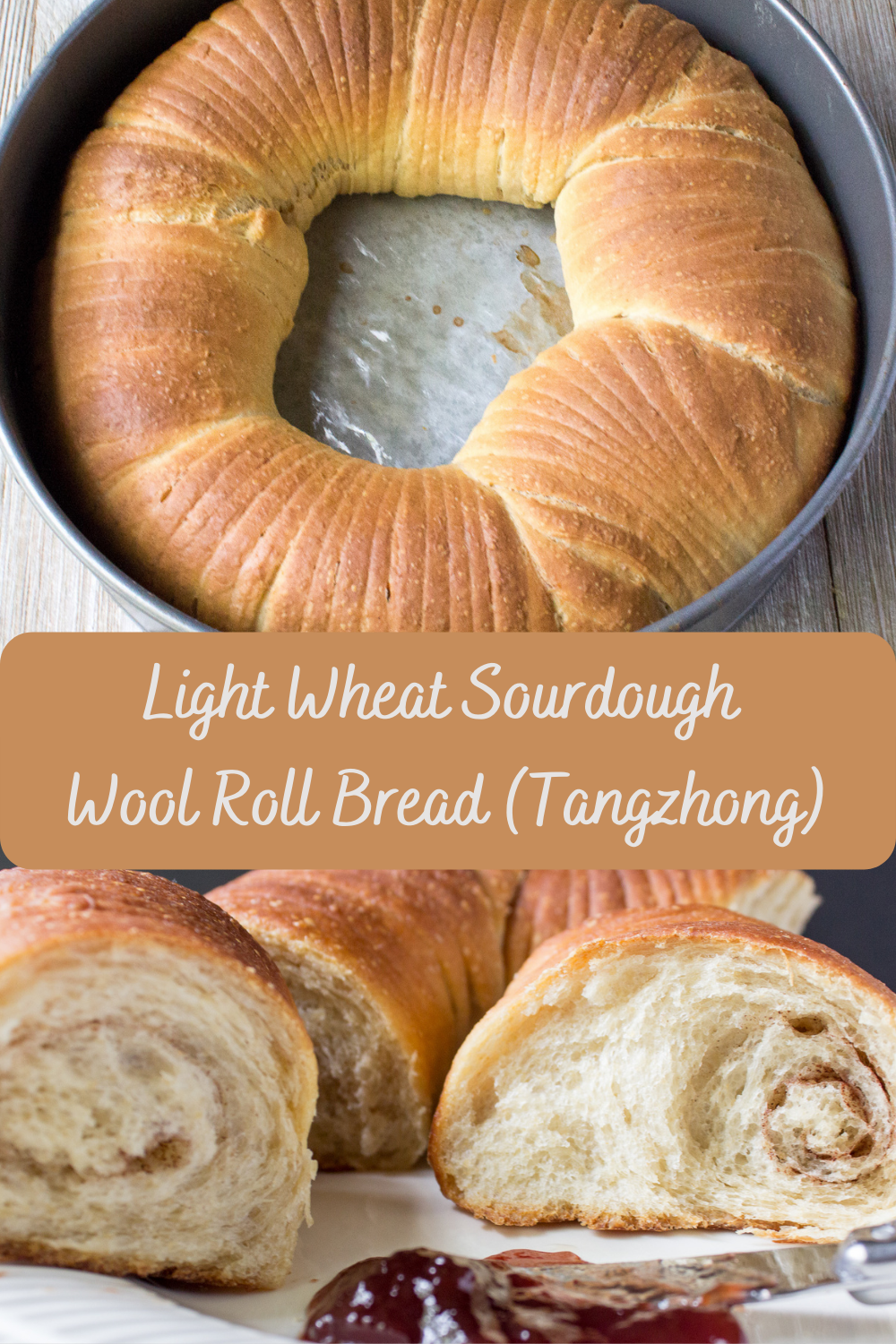
Timeline:
This is a two-day process, but most of the time the dough is fermenting.
Day 1
Morning – Mix starter with milk and flour
Afternoon (4-6 hours later) – Prepare tangzhong. Mix ingredients to form the dough.
4:30pm (or 45 mins later) –Stretch and fold dough to develop gluten
5:15pm – Second stretch and fold
6:00pm – Third stretch and fold
6:45pm – Fourth stretch and fold
7:00pm – Cover the bowl and place in fridge to cold ferment overnight. Giving it a cold ferment makes it easier to work with the dough the next day.
Day 2
Morning or early afternoon – Remove the dough from the refrigerator, shape, and place in the baking tin, let rise, then bake.
Shaping the Wool Roll:
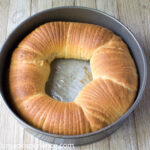
Light Wheat Sourdough Wool Roll Bread (Tangzhong)
- Yield: 1 Loaf 1x
Description
This Fluffy Light Wheat Sourdough Wool Roll Bread utilizes the Japanese-style tangzhong method to create a soft, and pillowy pull apart bread. The dough can be stuffed (or not) with a sweet or savory filling, then sliced, rolled and stacked in a round pan, so as the dough rises and bakes, the final result resembles rolls of wool or thick yarn.
Ingredients
Sweet Levain
- 30 g (2 Tbsp.) fed and active sourdough starter, 100% hydration
- 60 g (1/4 cup) milk, warm (I used almond milk)
- 60 g (1/2 cup) all-purpose or whole wheat flour (I used home-milled white winter wheat flour)
- 4 grams (1 Tsp.) sugar
Tangzhong
- 23 g (3 Tbsp.) all-purpose or whole wheat flour (I used home-milled white winter wheat flour)
- 120 g (1/2 cup/4 oz.) milk, or 60g water/60g milk (I used almond milk)
Dough
- 275 g (2 1/4 cups) all-purpose flour
- 50 g (scant 1/4 cup) granulated sugar
- 4 g (scant 3/4 tsp.) salt
- 60 g (1/4 cup) milk, warm
- 1 egg (I used 1 large egg), lightly beaten
- 56 g (4 Tbsp./1/4 cup) butter, room temperature
Wash:
- 1 Tbsp milk
Instructions
Make the sweet levain
- In a small bowl, mix the sourdough starter, warm milk, flour and sugar until combined. Cover the bowl and let the mixture rise at warm room temperature until doubled in size, about 4 – 8 hours, depending on the temperature in your kitchen.
Make the tangzhong
- In a small sauce pan, whisk together the flour and milk until smooth. Bring the mixture to a simmer over medium-low heat and continue whisking until the mixture has thickened. To determine when it is ready, run your whisk along the bottom of the pan. It should leave an indentation. This should take 5-10 minutes.
- Pour the mixture into a small bowl, cover with plastic wrap, and allow to cool at room temperature.
Make the dough
- In a large mixing bowl, add the flour, sugar, salt, beaten egg, levain, and tangzhong. Using a wooden spoon or Danish dough whisk, mix until it forms a shaggy dough. It will be wet at this point.
- Mix in the softened butter a little at a time using your fingers. Cover the bowl and let it sit for 30-45 minutes.
- Perform a stretch and fold to help develop the gluten. Do this by lifting the dough up and folding the dough over itself several times while turning the bowl. The dough will still feel shaggy at this point.
- Cover, let the dough rest for 2-3 hours. Perform stretch and folds every 30-45 minutes for a total of 3-4 stretch and folds. You should notice the dough becoming more developed with each stretch and fold.
- Cover the bowl tightly with plastic wrap and place in the refrigerator for 8 hours and up to 24 hours.
Prepare the baking pan:
- Grease the bottom and sides of a bundt pan, cake pan, or a springform pan and line with parchment paper, if desired.
Shape the dough:
- Divide the dough into 5 or 6 pieces. Roll each piece into a thin, oblong shape, then, using a sharp object (knife, bench scraper, pizza cutter), start about 2/3s from the designated top and make 1/8” to ¼” cuts.
- If you’re using a filling, add it now.
- Begin rolling from the solid top, ending at the bottom, and carefully place it in the prepared pan.
- Cover the pan, then let the dough rise until doubled in size. This could take several hours, depending on the temperature in your kitchen. Mine took anywhere from 3-5 hours.
Bake the Loaf
- Towards the end of the rising time, preheat oven to 350 F.
- If you are using a filling, place the pan on top of a rimmed baking sheet to catch any of the goodness that oozes out.
- Brush the loaf with milk and bake on the middle rack for 30-35 minutes, rotating the pan partway through for even baking. The loaf should register 190 F. on an instant read thermometer.
- Let the bread cool in the pan for 10-15 minutes, then remove the loaf to a wire rack to continue cooling. Enjoy the process of eating it, strand by strand.
Notes
Total flour used 358 grams (2 7/8 cups)
Leftover bread can be stored tightly wrapped at room temperature for 5-7 days. You can also freeze for longer storage.
- Category: Sourdough Milk Bread
- Cuisine: Japanese
Who are the Bread Baking Babes?
We are a group of breadbakers who get together every month and bake bread! We have a Facebook group if you’d like to bake along. New recipes are posted every month on the 16th.
Judy, of Judy’s Gross Eats, is the host kitchen this month. Check out her blog post for more details on how to participate in this month’s challenge.
Need more inspiration, check out all of the BBB posts:
Judy’s Gross Eats – Judy (Host Kitchen)
My Diverse Kitchen – Aparna
Karen’s Kitchen Stories – Karen
Bread Experience – Cathy
A Messy Kitchen – Kelly
My Kitchen in Half Cups – Tanna
Feeding My Enthusiasms – Pat
blog from OUR kitchen– Elizabeth
Thyme for Cooking – Katie (roundup)
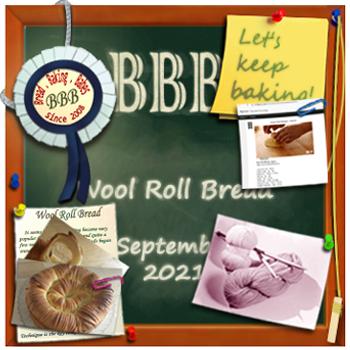
Happy Baking!
Cathy
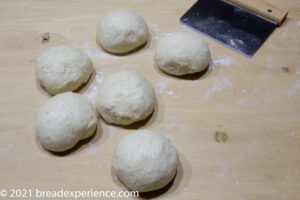
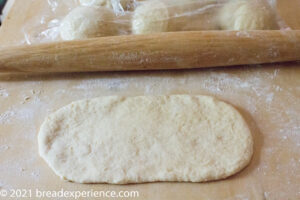
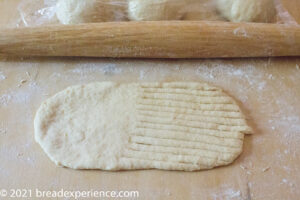
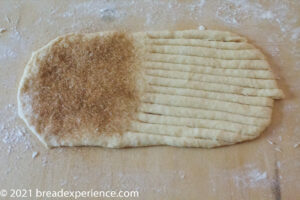
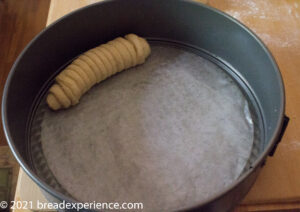
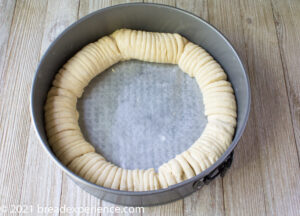
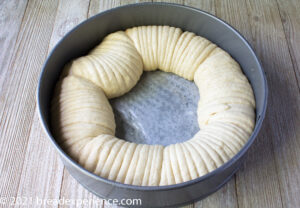
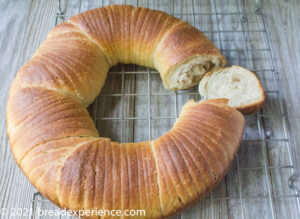
Karen says
I love the cinnamon sugar idea! I may do that next. Beautiful bread!
Cathy says
Thanks Karen! It was easy! Although I think it needs more cinnamon sugar. Maybe more butter.
Kelly says
I would definitely try cinnamon sugar and maybe golden raisins. Love the sourdough version!
Cathy says
Thanks Kelly! I like the idea of adding raisins.
Tanna says
Haha more butter. Always more butter!
Delighted to see sourdough produces an equally beautiful loaf as straight yeast!
Spectacular loaf and crumb.
Cathy says
Thank you Tanna! I think I need to try a yeast version for comparison, but I did like this one.
Elizabeth says
Now THAT’s light and fluffy!! It’s beautiful!
Cathy says
Thanks Elizabeth! I’ve always wanted to combine the tangzhong method with sourdough. Now that I have, oh the possibilities!
Elizabeth says
I know what you mean. I thought the tangzhong method was quite fun and, in spite of the fact that my sourdough Wool Roll Bread wasn’t even remotely as successful as yours, am inclined to not care what PJ Hamel said:
“I can safely say that tangzhong made no difference in the texture of those breads: the soft rolls weren’t any softer, and the crusty bread remained crusty. In addition, tangzhong didn’t extend the shelf life of any of the breads I tested.” – PJ Hamel, King Arthur Baking | Tangzhong in sourdough bread https://www.kingarthurbaking.com/blog/2019/01/08/using-tangzhong-in-sourdough-bread
Cathy says
Interesting. Thanks for sharing!
Aparna says
It’s interesting to see that sourdough can produce such a beautifully fluffy bread, though I shouldn’t be surprised…..
Cathy says
Using the tangzhong with the sourdough definitely helps to make it fluffy.
Katie Zeller says
Love the golden brown color of your bread – and it looks so…. fluffy!
Cathy says
Thanks Katie! I may have baked it a wee bit too long trying to get that lovely golden color, but it was worth it.
Elle says
That such a beautiful bread! I did cinnamon sugar, too, without any butter, and liked it, although my husband liked it even more. Lovely that you did the sourdough and it sure made a bread with great body and crumb.
Cathy says
Thank you! I liked the cinnamon sugar. I also like Kelly’s idea of adding golden raisins. And although it has 1/4 cup of butter in the dough, I think spreading butter, then adding the cinnamon sugar would be even better. Or maybe that’s too much deliciousness.
Deb says
Is there a substitute for the egg? I get nervous having the egg out of refrigeration for hours.
Cathy says
You might try using flaxseed (1 tbsp. flaxseed meal + 3 Tbsp. water) or yogurt. I haven’t used either one in this bread so I don’t know how it would affect the texture.
Deb says
Ok, Thank You. I might try that.